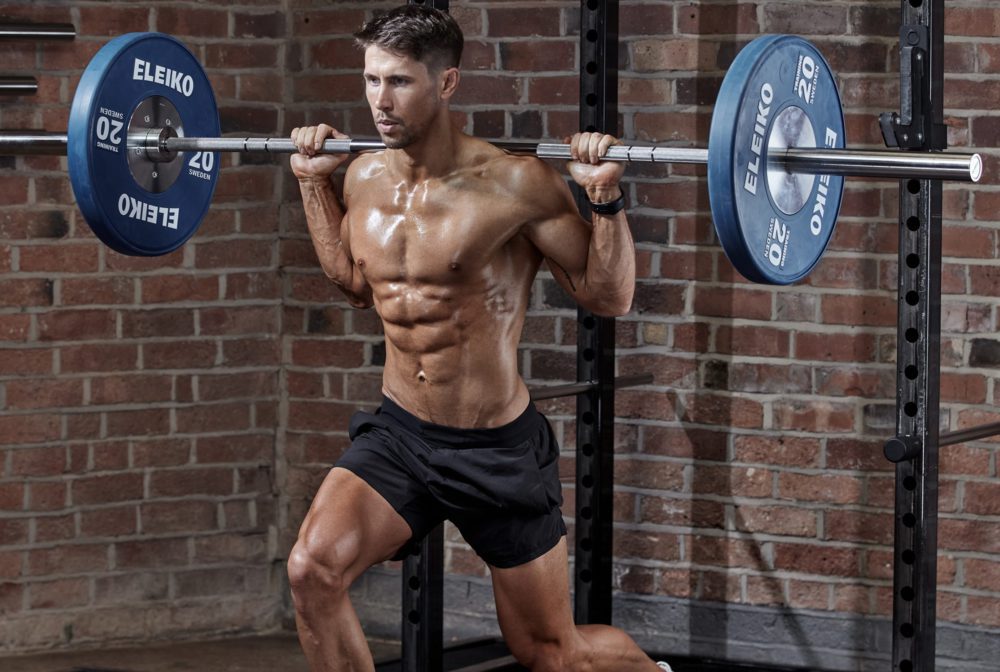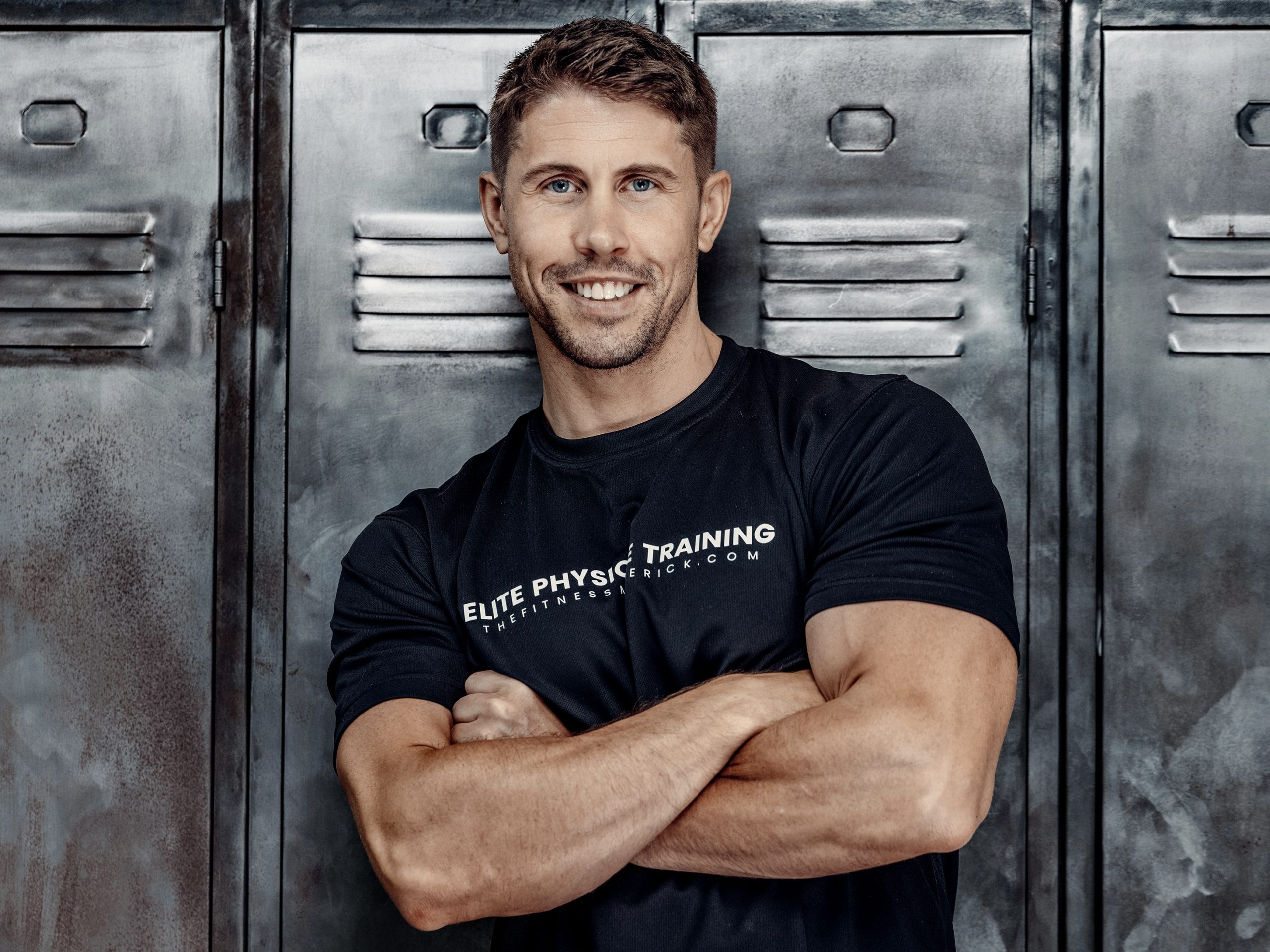Deficit reverse lunges work because they take you further into hip flexion. While it’s true they give your quads a toasting, going further into hip flexion will take your glutes in to a deeper stretched position and work them hard at longer lengths. If you’ve ever sadistically wondered how to get DOMS in your glutes then look no further.
In The Bikini Glutes and Hamstrings Guide deficit lunges are described as “stretchers”. Exercises like glute bridges and hip thrusts are better described as “squeezers”. You should be using both types of exercises if you want to get the most from your lower body training. (Note: The “stretcher-squeezer” principle can also be applied to other muscles, not just your glutes).
When you stand on a platform either you or the weight you’re using should be going below the height of the platform. That’s why it’s called a deficit. Specifically, it’ll be the lower fibers of your glute max that’ll get hit hardest from this position.
While you can’t isolate that area of your glutes, you can bias activation around the lower region. A study by McAndrew et al. showed that the glutes are comprised of upper (cranial), middle, and lower (caudal) sections, where each activate differently.
Hip thrusts, glute bridges, and cable kickbacks are all “squeezers” and tend to bias more of the upper (cranial) fibers. “Stretcher” exercises such as deficit lunges and high step-ups tend to target more of the lower (caudal) fibers of your glutes.
If you’re capable of going deep then deficit reverse lunges will stretch and load your “lower” glutes even more. They’ll also hit your hamstrings hard too, since they activate to “put the brakes on” as you step back. The deficit further accentuates this.
You don’t need to have a massive deficit either. Just work within your own active range of motion and progress to larger deficits over time. You also want to minimize how much work your back leg does. Reverse lunges are a single-leg exercise and they should remain as such. Cheating by stepping off with your back leg is not only cheating, but can aggravate you knees too. 20-30% of the weight should be going through the back leg when lunging, max!
To achieve a slight deficit in reverse lunges you only need to be using a few plates on the floor. Or a very small step. An inch at a time is all you need. As you get better at controlling depth and build strength in deeper ranges, you can add extra inches to your deficit.
Don’t be fancy, and don’t force ranges of motion that you’re not capable of controlling. Master a basic reverse lunge before progressing your range of motion to using a deficit. Load your reverse lunges with kettlebells, dumbbells or a barbell in various positions. Or use them as part of a mobility warm-up with bodyweight alone.

